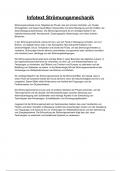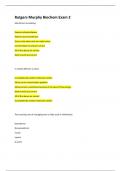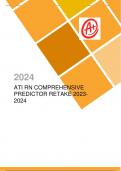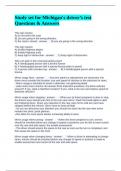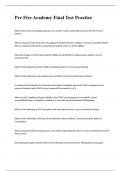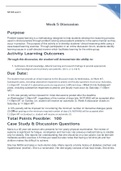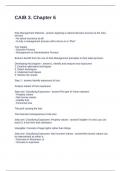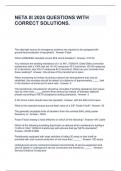Lecture 1: Supply Chain Networks and Modelling
Supply Chain Network Design
A Supply Chain includes all organizations involved in the upstream and downstream flows of
products, services, finances and information from the ultimate supplier to the ultimate customer.
Downstream flows: from supplier to customer
Upstream (return) flows: from customer to supplier
Suppliers: supply of raw materials, semi-finished products and/or finished products to its
downstream customers.
Manufacturers: assemble products and services. Make or buy decision is important;
purchasing is about identifying products and services that can be obtained externally. As
manufacturer, you need to develop, evaluate and determine the best supplier, price and
delivery for those products and services.
Distributors: distribution of products from manufacturers to retailers and customers.
Activities are storage and transportation of products. Distribution typically represents about
25% of the total costs of products. Internet sales cause more and smaller orders with strict
time constraints and are therefore challenges for distributors. Distribution and logistics are
major candidates for outsourcing.
o 3rd party logistic providers: success is possible if the 3PL provider actively helps to
solve problems, if there is perfect information exchange and trust between parties.
Supply chain management involves multiple firms, multiple business activities, and the coordination
of those activities across functions and firms in the supply chain. The
main purpose is improving the long-term performance of the individual
firms and the supply chain as a whole.
Supply chain networks consists of different supply chains that are
entangled (picture ). Typical decision problems and planning decisions
of supply chain networks are related to the location and amount of
distribution centers, the extend of coordination, sourcing decisions the
connection between suppliers and DC’s.
, Network design: determine the physical configuration and infrastructure of the supply chain,
whereby decisions are relate to plant and warehouse locations, distribution strategies and sourcing.
Typical objective: minimize system-wide costs
Typical constraint: service level requirements
Supply chain modelling
There are different options for solving a real-world problem: an educated guess, experiments with
the real-world system (e.g. physical models) or experiments/calculations with theoretical models.
Model based approaches are often required because the
problem is too important or too complex for educated
guessing, or because experiments with the real system are
not possible or too costly/risky. There are three model-based
approaches:
1) Deterministic Performance Estimation (DPE):
determine the performance of any production or
service system assuming that all values are deterministic (no uncertainty).
+ Widely applicable
+ Easy and fast
- Only a rough estimate; usually it is overly optimistic.
2) Analytical Modelling: the problem is represented completely in mathematical terms,
normally by an objective we seek to maximize/minimize, subject to a set of mathematical
constraints that portray the conditions under which the decisions have to be made.
+ Exact results; perfect outcome
- Applicability is limited; only small systems can be modelled
- Complex calculations
- For some questions, there may not be a formula; need to rely on existing formulas
- Limited number of performance criteria
3) Simulation: an model used for simulation is an approximation of the reality. In such a
simulation model, variability can be imitated. An important question is if the model
represents reality good enough.
+ Widely applicable
+ Provides insight in almost any performance criterion
- Complex model building
- No exact results (confidence intervals); not one optimal solution
- You cannot incorporate all external influences
The performance of a supply chain network is often determined by the capacity (processing times,
servers) and the variability (arrival process, service times). Almost all logistics processes have queues.
Collecting and using data
The aim of collecting data is to collect and process data from the real-world system such that they can
be used as input for one of the models. Data collection is often the most time-consuming part of any
modelling project. There are different properties of data:
> Constant or variable: the time a process takes can be constant, but often processing times
vary over time.
> Deterministic or stochastic:
o Deterministic values are known beforehand, constant and do not react to changes in
the system, no uncertainty (there can be variability, but that is known).


